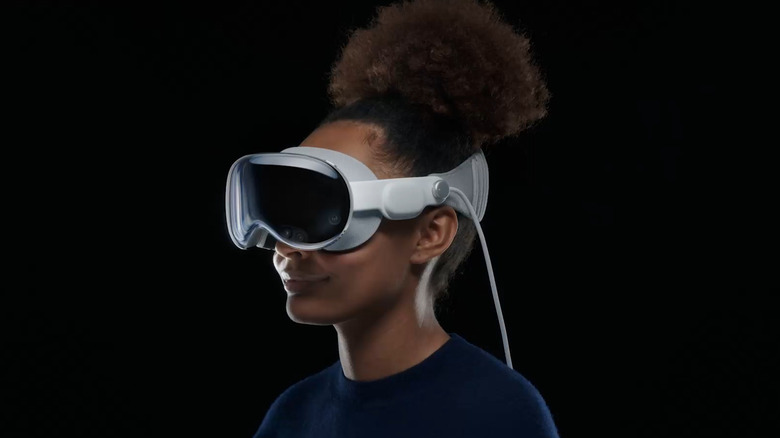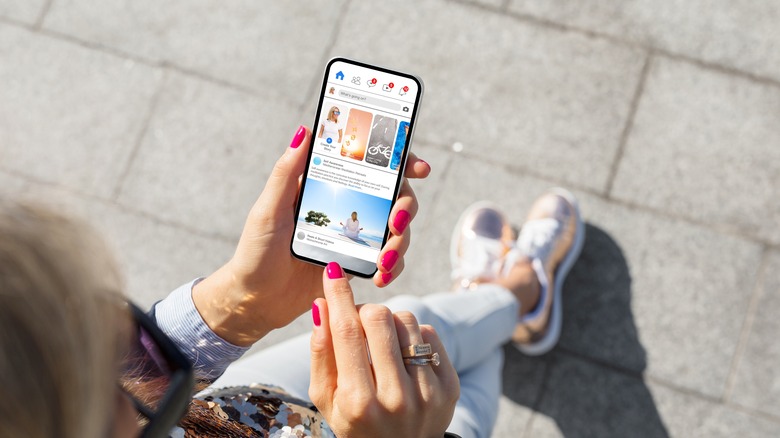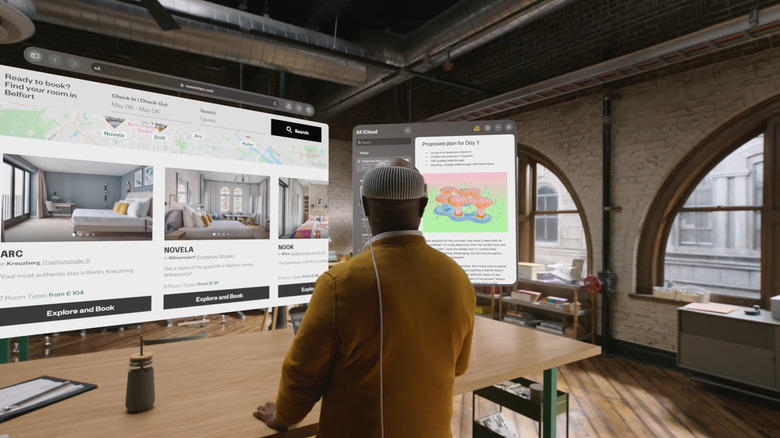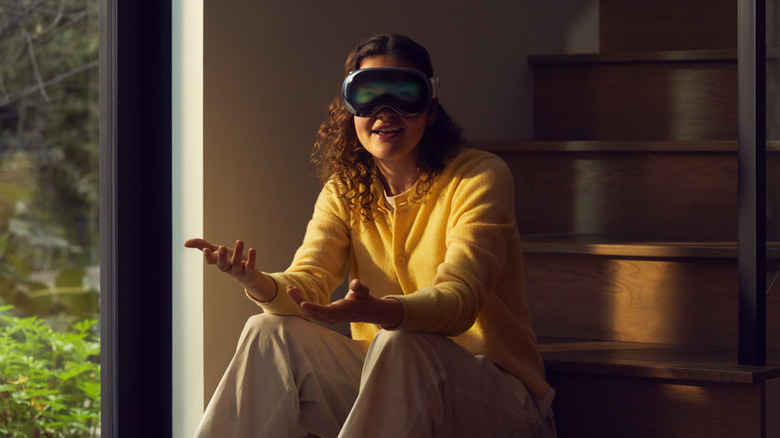The Apple Vision Pro Isn't The Next iPhone (It Could Be Something More)
Apple has officially entered the AR/VR market with the launch of its Vision Pro headset. The device has a starting price just short of $3,500, a better-than 4K display, and no controllers. Instead, eye and hand tracking helps users navigate the headset. Initial reviews have been positive, and Apple has found success entering established markets with a highly polished product before. But how much of a success can the Vision Pro really be?
While Apple has been around since the 1970s, its most successful product launched this century. The iPhone dominates a large section of the smartphone market, accounting for over 50% of all phones in the United States. It helped make the smartphone an essential item and changed people's daily lives in doing so. There are also power users who buy the highest-end iPhone possible every year, and those are the customers not likely to be put off by a $3,500 price tag.
Could the Vision Pro be a similar success story? Maybe, maybe not. There are some key differences between the two devices, the markets are different, and there are a few hurdles to overcome. But if it does prove popular, the Vision Pro could cause a bigger change in our daily lives than the iPhone.
It's not going to be another iPhone
Smartphones were a thing before Apple came along with the iPhone, but the sleek and easy-to-use device that Steve Jobs unveiled back in January 2007 popularised the device. The Apple Vision Pro is unlikely to see similar success.
Though some parallels can be drawn, there is a huge difference between the two devices. The thing that immediately stands out is the price. While iPhones aren't exactly cheap, they're a lot more accessible than a $3,500 headset. The iPhone was also an upgraded version of a regular cellphone, something most people were using every day anyway.
The Vision Pro is not that. It's essentially an entirely new concept for many people, so it may have a much harder time selling people on the idea. Similarly, it isn't a device people are likely to have on them at all times like a smartphone is. It will probably be used at home, or in an office, and not many places beyond that. However, despite its locational limitations, if the Vision Pro takes off it may make a bigger difference to daily life than the iPhone.
It has the potential to change our daily lives
The Vision Pro is designed to change the way people work, relax, and interact. Just as few people thought they needed a smartphone back in 2006, few people today may not see the need for an XR headset. While the Vision Pro isn't an obvious upgrade of an individual item, like a cell phone, it is theoretically a replacement for a laptop, TV, games console, and numerous other objects — but it may be difficult to sell people on that.
With a lot of XR devices, the user experience has been severely lacking. User experience has been one of Apple's strong points for a long time and seems to be highly polished on the Vision Pro. Given that it's a completely new platform for Apple, life adapts to fit it as much as it's adapted to life. Vision Pro users will get used to working and watching movies in a particular way. Just as the smartphone ruined the friendly argument (people can just Google things now), and takes up almost every spare second of consciousness a person has — the Vision Pro could change how people tackle various aspects of daily life completely.
On the downside, the world may become awash with people wearing what looks like a set of digital ski goggles all day long. Even if you're physically there with someone, eye contact may be replaced with the weird, uncanny valley-dwelling, projection of a face the Vision Pro offers. It's hard to picture two sets of digital eyes glancing at each other without feeling a deep sense of dystopian dread.
It could also be a tremendous flop
Due to major successes like the iPhone and the MacBook, there is a prevailing attitude that Apple simply can't fail and that everything the company touches is destined to turn to gold. Certainly, the company's market cap wouldn't be world-leading if most of the things it released flopped — but an occasional failure is possible. Two specific examples include the Newton, a PDA device in the early 90s, and the Apple Pippin which was a fifth-gen games console.
With the Vision Pro, Apple is entering into new and difficult territory. It's a niche device, and it's very expensive — limiting the appeal even more. As Meta has discovered, the AR/VR market is something companies can easily sink billions into. It's also a venture that may not pay off for an awfully long time. Whether Apple is the company that finally cracks it and gets the masses hooked on head-mounted displays remains to be seen. But if the Vision Pro is a success, it's arguably a bigger achievement and more of a game changer than the iPhone was, and that's saying something.



